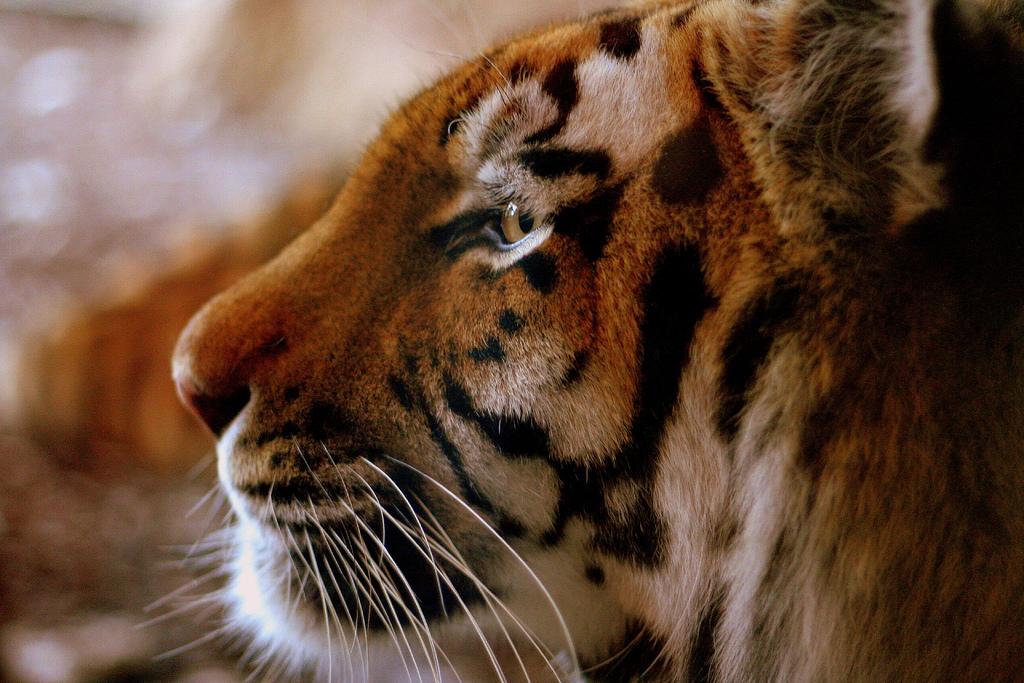India: the cat comes in from the cold
Posted By Peter Jennings on October 3, 2013 @ 14:58
At a time when Australian attention obsesses with China to the dangerous exclusion of much else, one of the quiet success stories in growing bilateral relations has been between the United States and India. In Washington on 27 September, President Barak Obama and India’s Prime Minister Manmohan Singh held their third summit meeting. The statement from the meeting [2] points to a remarkable growth in ties over the last few years, including the five-fold growth in two-way trade since 2001, which is now worth nearly US$100 billion.
Obama can’t take the credit for initiating closer relations. That break-through moment was when President George W. Bush agreed to establish a civil nuclear power agreement with India. This was a momentous move, tacitly acknowledging India’s arrival as a recognised nuclear weapons power, as well as giving the US an in on Indian civil nuclear power development. Indian and US companies are now developing a nuclear power plant in Gujarat, with more to follow.
Some further points of US-India collaboration emerge from the Obama-Singh statement:
- an agreement for greater collaboration with other Asia-Pacific partners, including ‘Japan, China and ASEAN, among others’, and an acknowledgement that Obama’s ‘rebalance to Asia and India’s Look East policy’ reflect consistent, indeed shared sets of strategic interests. Remarkably, India will join the US led multilateral RIMPAC exercise off Hawaii in 2014
- an agreement to establish a joint US-India dialogue on the Indian Ocean ‘to deepen coordination of cross cutting issues including maritime security’
- a commitment to a ‘shared strategic partnership’ with Afghanistan where both countries will contribute to Afghan development during the transition period and beyond. Readers of this statement in Islamabad will feel a cold chill: one of Pakistan’s most cherished strategic objectives has been to minimise India’s influence in Kabul. As US interest winds down in Afghanistan, the Obama-Singh statement shows that the US has seen the future in South Asia, and the future is all about India
- an emphasis on the need for more intensive defence cooperation’ including on trade and joint military capability development, export controls and on intelligence cooperation
For once, some of the hype that accompanies government to government declarations is justified. The Obama-Singh statement concludes ‘the two countries have crossed a threshold in their relations where both recognise that successes at home and abroad are further advanced by their cooperation.’
Having recently visited New Delhi, I can confirm there’s certainly an important mood change among policy makers and officials about the US, much of it informed by George Bush’s fundamental change of policy. India will allow itself to get much closer to the US, although it’ll do so with a measure of caution and a deep disinclination to be considered an ally. India also has its own take on Indian Ocean security [3]. In foreign policy terms, India generally, and the Ministry of External Affairs in particular, still has an emotional attachment to the rhetoric of the Non-Aligned Movement. On strategic matters, India will remain the cat that walks alone, but the cat is cultivating a powerful new friend. Readers of Kipling will know that felines hunt in packs when it suits their interests.
How should Australia react to this emerging new relationship between our closest ally and an emerging regional power? In fact, closer US-India relations are almost entirely to our benefit and it’s a positive that both countries want to focus more closely on the Indian Ocean. In the US case the operational face of that interest will be run by US Pacific Command, which could naturally lead to closer engagement with key ADF force elements in Western Australia. In India’s case more maritime engagement in the Indian Ocean Region will naturally lead to closer cooperation with Australia too.
I suggest that closer US-India ties are almost entirely in our interest in order to highlight one caveat. Australia is but one of many countries currently beating a path to New Delhi. For our voice to be heard credibly over others, we need to have something to offer that creates an Indian priority to engage with Australia. Labor’s abandoning of opposition to uranium exports was an important step. Now the challenge is to strengthen business and defence ties. Some good opportunities will present themselves in the near future. In November Australia assumes the Chair of the Indian Ocean Rim Association for Regional Cooperation and next year VADM Ray Griggs, Chief of Navy, takes the Chairmanship of the Indian Ocean Naval Symposium. Both groups can help present a distinctive Australian voice on Indian Ocean security.
An additional measure should be for Australia to request observer status at the new US-India dialogue on the Indian Ocean. Both countries might say ‘no’, but it will do no harm to register our interest. At the same time we can show ourselves to be a constructive partner, with the capacity to make solid contributions to regional security.
Peter Jennings is the executive director of the Australian Strategic Policy Institute. Image courtesy of Flickr user Abhisek Chatterjee [4].
Article printed from The Strategist: https://aspistrategist.ru
URL to article: /india-the-cat-comes-in-from-the-cold/
URLs in this post:
[1] Image: https://aspistrategist.ru/wp-content/uploads/2013/10/1386478100_28e115de28_b.jpg
[2] The statement from the meeting: http://www.whitehouse.gov/the-press-office/2013/09/27/remarks-president-obama-and-prime-minister-singh-india-after-bilateral-m
[3] own take on Indian Ocean security: https://aspistrategist.ru/indian-perceptions-of-the-indian-ocean/
[4] Abhisek Chatterjee: http://www.flickr.com/photos/abhisek99/1386478100/
Click here to print.
